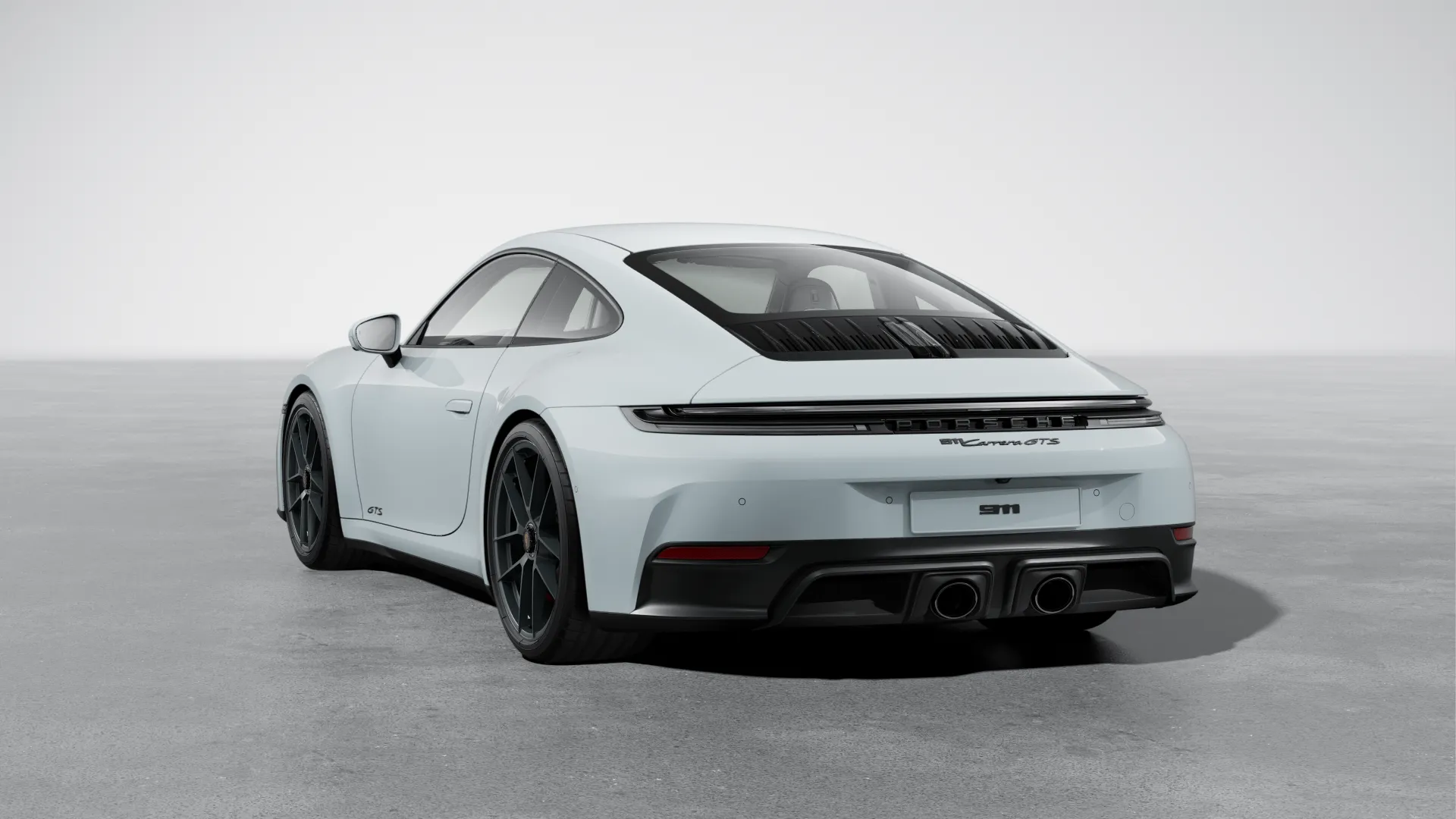• Fuel-efficient vehicles (≤ 3.5 L/100 km) → $91,387
• Other vehicles → $80,567
• The LCT usually is included in the cost of the car and factored into lease pricing.
• Choosing a vehicle that is fuel-efficient or simply priced below the threshold can avoid LCT entirely.
The Luxury Car Tax is a federal tax charged by the ATO designed to target new higher-end vehicles, and it is applied to the sale price of cars that exceed a certain GST-inclusive price threshold.
For fuel-efficient cars, the limit is $91,387 as of Financial Year 2025-26, and a 33% tax will apply to the amount above that limit. See below for the full list of thresholds by year.
What are the current and historic thresholds?
Source: ATO Luxury Car Tax Thresholds
A Note on Historic Thresholds:
If you are buying an older, or a used car, you will need to be aware of the thresholds for the financial year that the car was first imported or acquired.
For example, if you buy a car this year that was initially valued at $80,000 (and this is under the LCT threshold in 2025), but the car was first imported in 2022, then it will attract LCT, as the threshold for 2022 was less than $80,000.
What is meant by 'Fuel-efficient Vehicle'?
The ATO currently defines a fuel-efficient vehicle as one with fuel consumption not exceeding 3.5L/100km. However, this was 7L/100km before July 2025.
From 1 July 2025, a fuel-efficient car is defined as a vehicle that has a fuel consumption that does not exceed 3.5 litres per 100 kilometres as a combined rating under the vehicle standards in force under section 12 of the Road Vehicle Standards Act 2018. - ATO
How LCT impacts novated leasing
If the vehicle price (including GST) goes over the relevant threshold, a 33% tax is applied to the portion above that threshold. This tax can really start to increase the total cost of your novated lease, especially for luxury or high-performance vehicles.
Is it included in your lease?
Yes. When you lease a vehicle above the threshold, the LCT is typically bundled into your lease repayments along with other on-road costs like registration, insurance, and dealer delivery fees. We'll make you aware of this both verbally and in the quote.
Can you avoid LCT in your lease?
Choosing a fuel-efficient or electric vehicle below the threshold can help you avoid LCT altogether, and thanks to additional FBT exemptions for EVs, this can deliver significant savings.
The Luxury Car Tax vs The Luxury Car Charge, a Common Confusion:
Please note that the Luxury Car Tax (what we've discussed on this page) is completely separate and unrelated to the Luxury Car Charge.
As a quick comparison:
The Luxury Car Tax (LCT)
Is charged by the Australian Tax Office (ATO) when a new car is sold for more than the LCT threshold (currently $80,567 for most cars, and $91,387 for fuel-efficient cars in 2025–26).
- It’s 33% on the value above the threshold.
- It’s usually built into the car’s drive away price, so you pay it whether you lease or buy.
- You can’t avoid it if the car is over the limit.
The Luxury Car Charge (LCC):
Is not a tax, but an extra payment applied specifically to novated leases when the financed amount exceeds the Luxury Vehicle Limit (again, this limit is different to the LCT threshold). This limit is currently $69,674 in 2025–26.
It exists because the ATO limits how much your employer can claim as a tax deduction for an employees lease, and if they can’t claim the full amount, they may pay more tax.
To make up the difference, they pass that cost back to you through a Luxury Car Charge, which gets added to your lease.






